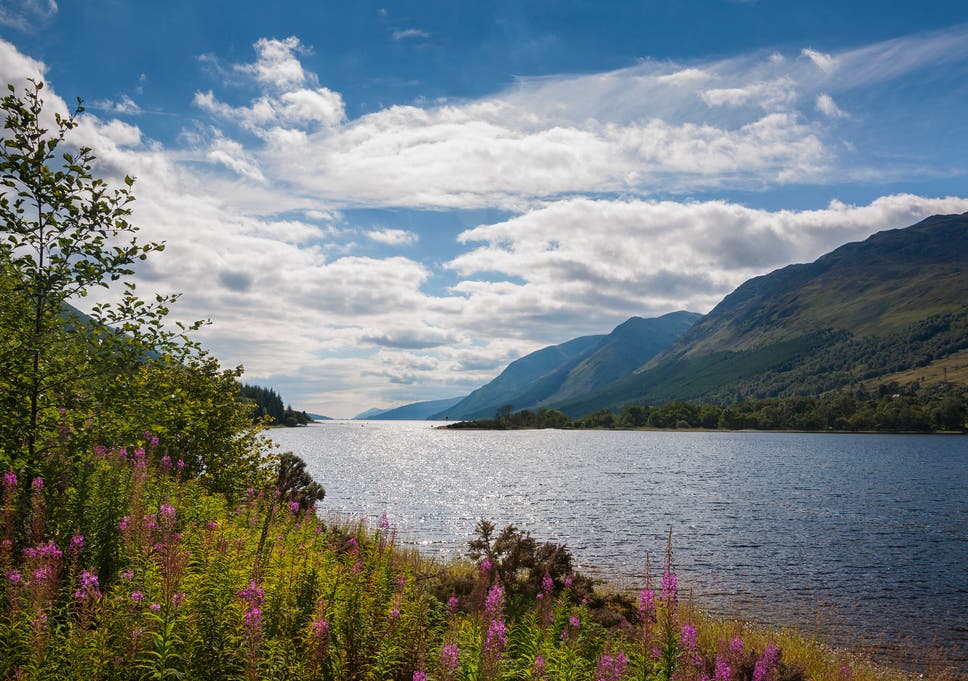
Nessie and Columba Laura Muse
I've long appreciated what is termed Celtic Christianity, the expression of Christian faith which emerged in Ireland and Scotland and surrounding islands beginning in the 5th century.It is seem as egalitarian rather than hierarchical, mystical rather than liturgical, making room for men and women in leadership, and respecting the Earth rather than subduing it.
The patron saint, Patrick, comes to mind when we think of Celtic Christianity and his genius in incorporating aspects of Druidism into this "brand" of faith, including respect and interconnection with other creatures. In Ireland there are two other patron (matron?) saints, Brigid and Columba (Columcille).
Columba was a missionary monk and ventured to Scotland where he got up to all sorts of miraculous shenanigans. He even vanquished the legendary Loch Ness Monster when it attacked one of the monks in his entourage. Please note that he didn't kill Nessie, just rebuked her (newspaper smack on the nose?) and sent her packing. Of course the Picts who witnessed this converted immediately. Please don't ask me if this is all true!

This mural in the Scottish National Portrait Gallery depicts the Picts being converted
to Christianity by Saint Columba. (William Brassey Hole, c. 1899)
I'm thinking that these old adversaries, Columba and Nessie, would approve of a recent purchase of a 500 hectare estate on the shore of Loch Ness. A solar energy entrepreneur has purchased the property and will work with Rewilding Europe to restore peatlands and mixed woodlands and perhaps reintroduce wild animal species.
There are critics who are concerned about the trend on several continents for the wealthy to buy up tracts of land for this sort of environmental benevolence, which lets governments off the hook on developing sound and lasting policies for protection and regeneration. Fair enough. Still, it seems far better than deliberate neglect or degradation.
No word yet on any aquatic monster projects but a Creation-honouring saint is probably smiling amidst the cloud of saintly witnesses.

The 500-hectare Bunloit estate in the Scottish Highlands is on the edge of Loch Ness ( Getty )
No comments:
Post a Comment